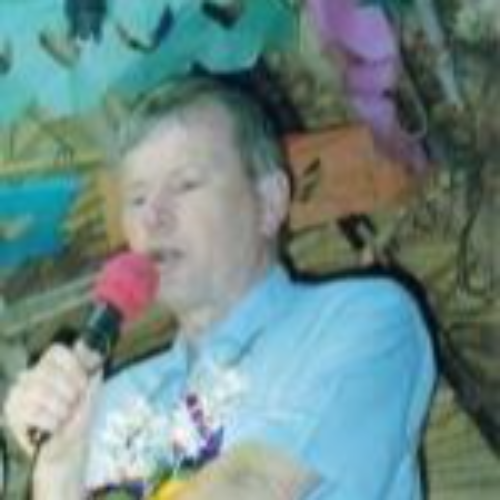-
The Fox, The Mother Hen, And The Chicks
Contributed by Christopher Holdsworth on Sep 27, 2020 (message contributor)
Summary: Jesus determines his own path from Herod's jurisdiction to Pilate's.
THE FOX, THE MOTHER HEN, AND THE CHICKS.
Luke 13:31-35.
Jesus had been going through the cities and villages, teaching, and journeying toward Jerusalem (Luke 13:22). On the way he had encountered a man who was curious about the number of people who are going to be saved (Luke 13:23). The answer Jesus gave at that time still rings true: it is not our business to enquire about either the number or the identity of the elect, but rather for each one of us to “strive to enter through the narrow gate” (Luke 13:24) that leads to salvation!
At this point some Pharisees warned Jesus about Herod’s plans to kill Jesus (Luke 13:31). Their motives we can only imagine - but Jesus’ answer seems to presume a collusion between the Pharisees and Herod (Luke 13:32). Maybe they wanted to drive Him away into Pilate’s jurisdiction: but Jesus had, anyway, already “steadfastly set His face to go to Jerusalem” (Luke 9:51).
So unfazed was Jesus by Herod’s posturing and threats, that He actually called him a “fox” (Luke 13:32). The fox is a destructive animal (Song of Solomon 2:15), and it is no complement when Ezekiel compares unfaithful ministers with foxes (Ezekiel 13:4). Herod no doubt had a certain fox-like canniness in his dealings, but also lacked integrity.
What does become clear through the ensuing dialogue is that Jesus is master of His own destiny. He knows full well that He is not destined to die just yet (Luke 4:28-30; John 7:30; John 8:20; John 8:59; John 10:39; John 11:53-54) - and certainly not within Herod’s sphere of influence (Luke 13:33). So the Pharisees need not worry.
Meantime Jesus would continue to do what He was doing: casting out demons and performing cures (Luke 13:32). The “third day” motif echoes Hosea 6:2 - and may be an oblique reference to the resurrection of Jesus (Luke 9:22; Luke 18:33; Luke 24:21; Luke 24:46). The idea of Jesus “being perfected” (Luke 13:32) does not imply that He was ever less than perfect - but indicates that He has “finished the work” which God gave Him to do (John 17:4).
Regardless of Herod’s threat, the journey to the Cross continued: for “it is impossible that a prophet should perish outside of Jerusalem” (Luke 13:33). At this point Luke inserts the lament over Jerusalem (Luke 13:34-35), with its implicit call to repentance. The image of the fox, slyly seeking to destroy the Son of Man - is replaced by that of a mother hen, desiring to gather together her scattered brood.
Now Jerusalem is clearly informed that the Lord “willed” to gather them, but they “were not willing” (Luke 13:34). “The Lord is not willing that any should perish, but that all should come to repentance” (2 Peter 3:9). If we fail to respond to the call of the gospel, the fault is our own - we choose to use our treasured ‘free-will’ against our own better interests.
The result of Jerusalem’s failure was desolation (Luke 13:35). The city was destroyed some forty years later, and the people found themselves scattered once more throughout the earth. Yet they will yet see Him (Zechariah 12:10; Revelation 1:7) - but only when they have learned the true meaning of their familiar greeting: “Blessed is He who comes in the Name of the Lord” (Psalm 118:26).

 Sermon Central
Sermon Central



